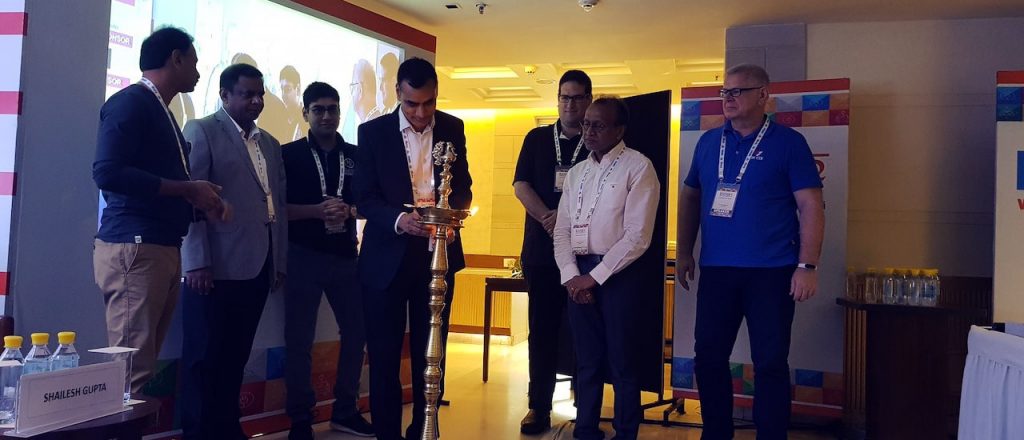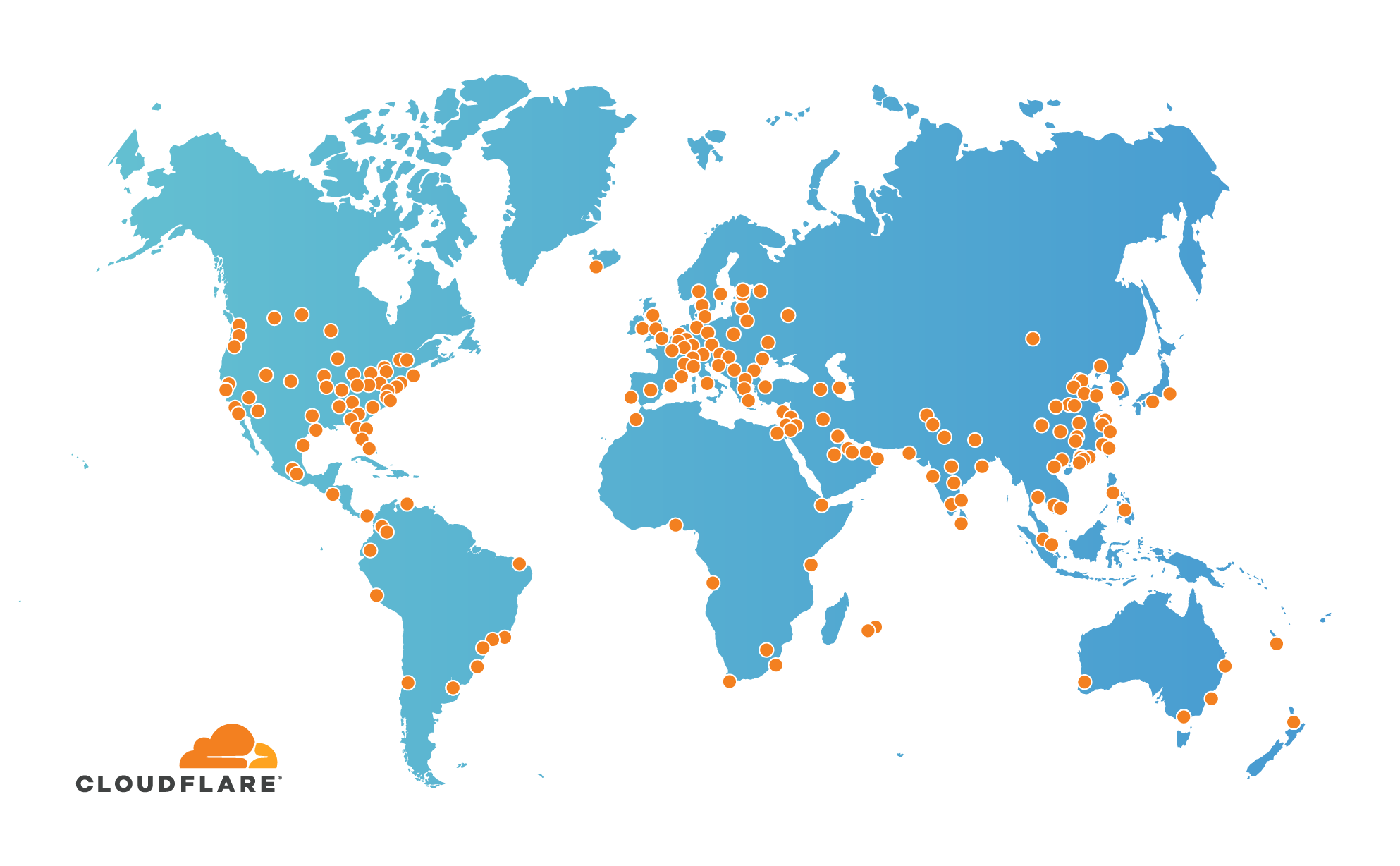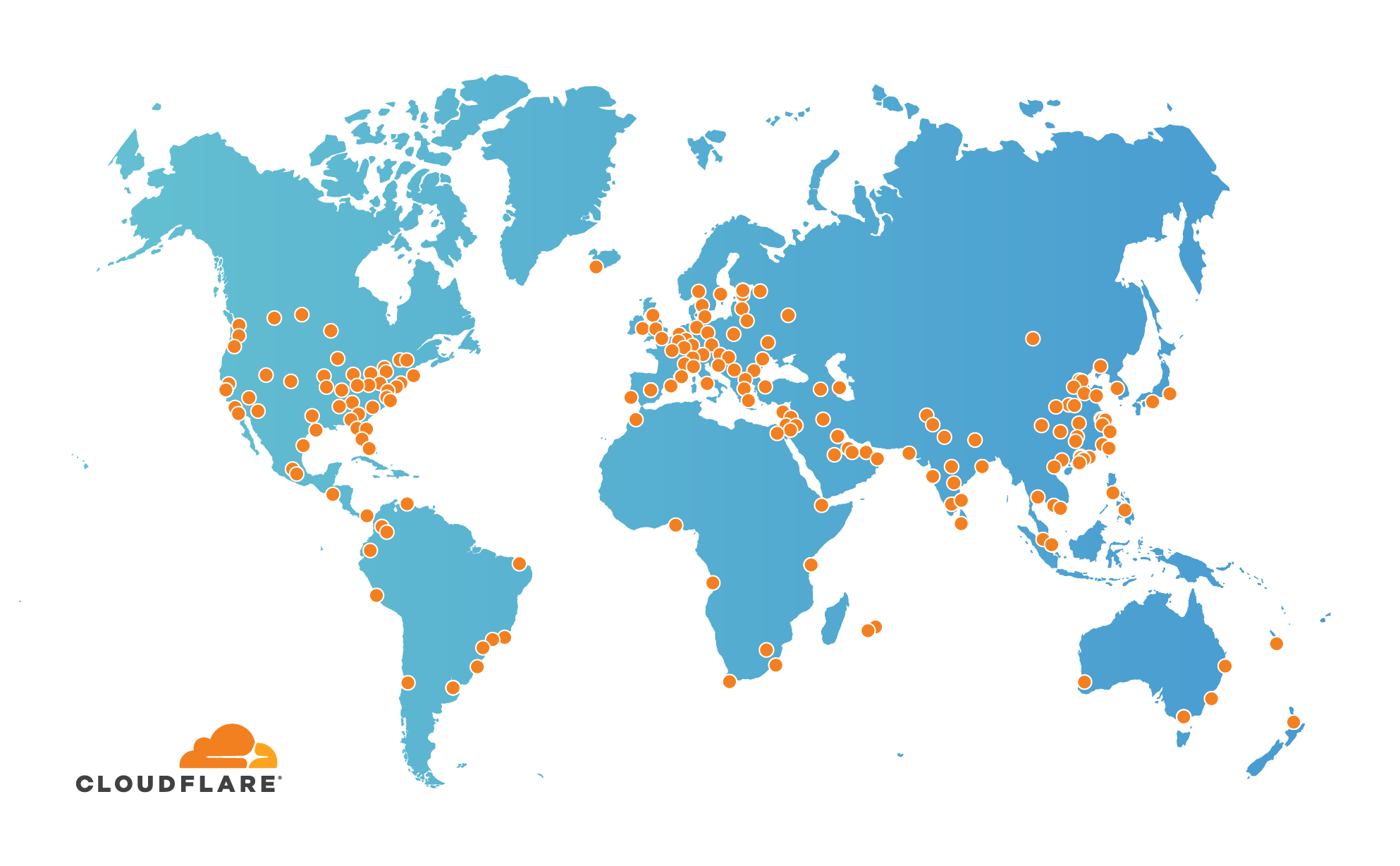Second Meeting of the Indian Network Operators’ Group Concludes Successfully

The Indian Network Operators’ Group (INNOG) organized their second meeting ( INNOG 2) in New Delhi on 1-4 July. The event, comprised of a conference and three workshops, was attended by more than 170 local and international participants. The event was supported by ISPAI, APNIC, NIXI, Internet Society, Tata Communications, Telestra, Spectra, Amazon Web Service, Software Technology Parks of India, and COAI. The Internet Society India Delhi Chapter also supported the event.
The conference held on 1 July was inaugurated by Arnold Nipper of DE-CiX, David Huberman of ICANN, Rajesh Chharia of ISPAI, Ramesh Chandra of Reliance JIO, Shailesh Gupta of Tata Communications, and Srinivas Chendi and Anurag Bhatia of Hurricane Electric. The conference sessions covered a variety of topics including root service, routing security, FreeBSD, leveraging IPv6 for explosive growth, and the ecosystem of IXPs. David Huberman of ICANN shared latest updates on DNS and highlighted the Open Forum in which participants can network and exchange ideas.
Subsequently, from 2-4 July, three workshops were held to address the ongoing challenges faced by Indian Internet services providers. The three workshops were on IPv6 deployment, IXP deployment, and the multiprotocol label switching (MPLS) routing technique.
The workshop on IPv6 Continue reading



